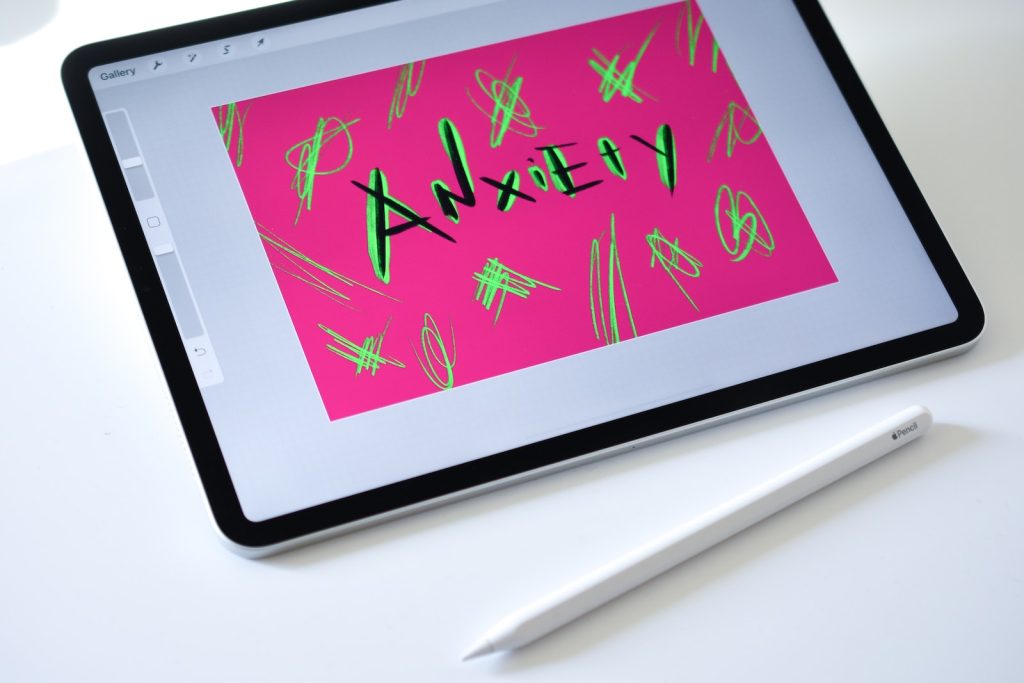
In today’s fast-paced world, it is no surprise that stress has become a common issue for many individuals. From work-related pressure to personal problems, stress can have a significant impact on our mental and physical well-being. While we cannot control the external factors that cause stress in our lives, we can learn to manage it effectively by unlocking inner peace.
What is Inner Peace?
Inner peace refers to a state of calmness and tranquility within oneself. It means being able to stay centered and grounded despite the chaos happening around us. Inner peace is not something that can be achieved overnight; it requires practice and commitment.
Why is Inner Peace important for Stress Management?
Stress affects both our mental and physical health. It can lead to anxiety, depression, insomnia, high blood pressure, and other health issues if left unchecked. Developing inner peace through effective techniques helps us manage stress better by creating a sense of balance in our lives.
Effective Techniques for Mastering Stress Management
- Mindfulness Meditation
Mindfulness meditation involves focusing your attention on the present moment without judgment or distraction from thoughts or emotions. Practicing mindfulness meditation regularly helps reduce anxiety levels while improving overall well-being.
To practice mindfulness meditation:
- Find a quiet place where you won’t be disturbed.
- Sit comfortably with your back straight.
- Close your eyes or focus on an object in front of you.
- Bring your attention to your breath as you inhale and exhale slowly.
- Notice any thoughts that arise without judging them or getting caught up in them.
- Return your focus back to your breath each time you get distracted by thoughts.
- Gratitude Journaling
Gratitude journaling involves writing down things we are grateful for each day as a way of focusing on positive things in life rather than dwelling on negative ones.
To start gratitude journaling:
- Set aside some time each day – preferably before bed -to write down three things you are grateful for that day.
- Be specific and include small things that made you happy such as a warm cup of coffee or an unexpected phone call from a friend.
- Reflect on the positive emotions associated with those moments.
- Progressive Muscle Relaxation
Progressive muscle relaxation involves tensing and relaxing different muscle groups in your body to reduce tension and promote relaxation.
To practice progressive muscle relaxation:
- Find a quiet place where you won’t be disturbed.
- Sit or lie down comfortably with your eyes closed.
- Start by tensing the muscles in your feet for five seconds, then release them for 10 seconds. Repeat this process with each muscle group, working your way up to your neck and head.
- Focus on the sensation of tension leaving each muscle group as you relax them.
- Exercise
Exercise is not only great for physical health but also has mental health benefits. It helps release endorphins – feel-good hormones – which reduce stress levels while improving mood.
To incorporate exercise into daily life:
- Choose an activity that you enjoy such as running, cycling, or dancing.
- Set aside time each day to engage in physical activity even if it’s just for 10 minutes at first
- Gradually increase the duration and intensity of workouts over time.
- Deep Breathing
Deep breathing is a simple yet effective technique to manage stress levels quickly. It involves taking deep breaths from the diaphragm rather than shallow breaths from the chest, which can cause tension.
To practice deep breathing:
- Find a quiet place where you won’t be disturbed
- Sit comfortably with your back straight
Take slow deep breathes through your nose filling up lungs completely
Hold it up there for few seconds
Exhale slowly through mouth releasing all air out
- Visualization Techniques
Visualization techniques involve imagining yourself in calm and peaceful situations when feeling stressed out can help reduce anxiety levels while promoting relaxation significantly.
To practice visualization techniques:
- Find a quiet place where you won’t be disturbed.
- Sit or lie down comfortably with your eyes closed.
- Visualize yourself in a calm and peaceful setting such as on a beach or in a forest.
- Imagine all the senses associated with that setting – the sound of waves crashing, the scent of fresh pine trees, etc.
- Focus on this image for several minutes before opening your eyes.
Conclusion
Incorporating effective stress management techniques into daily life can help unlock inner peace and promote overall well-being. With consistent practice and commitment, these techniques can help reduce anxiety levels while promoting relaxation and tranquility. Remember that inner peace is not something that can be achieved overnight but requires patience, time, and effort to develop fully.






